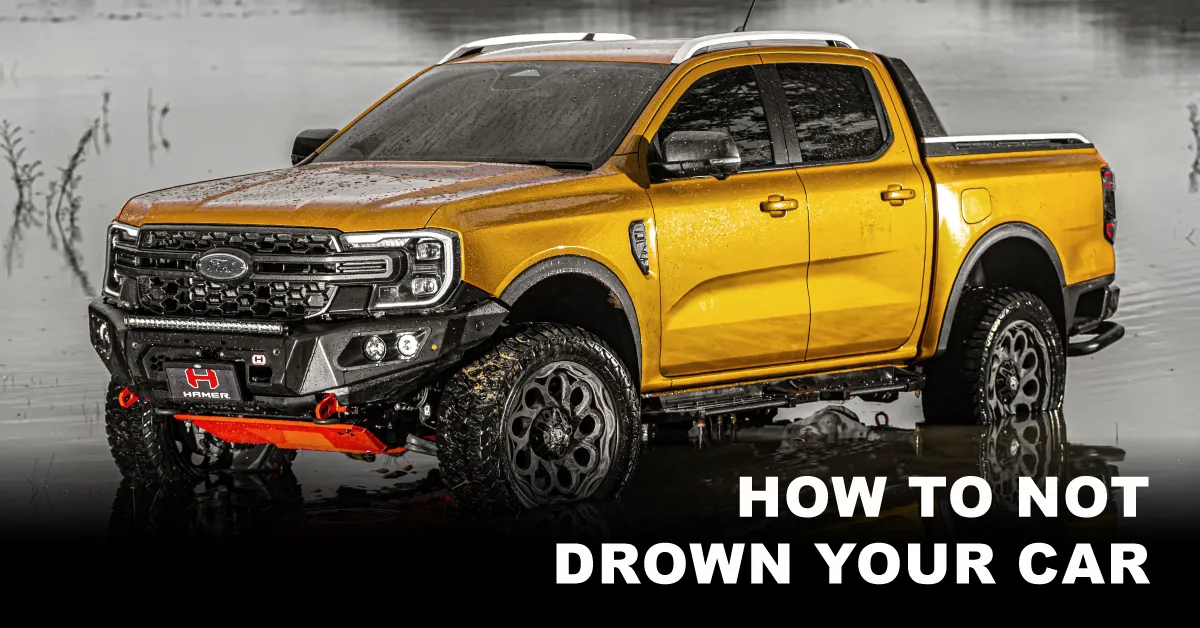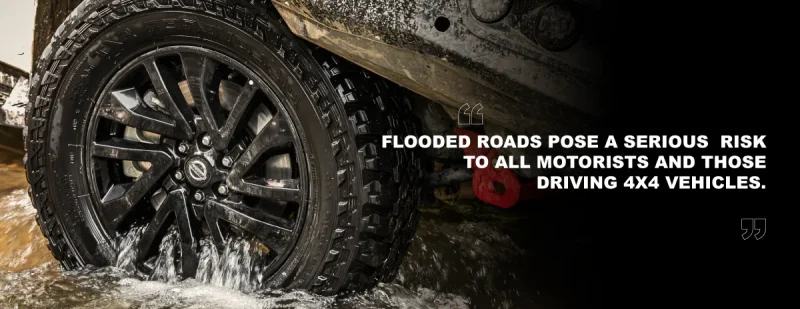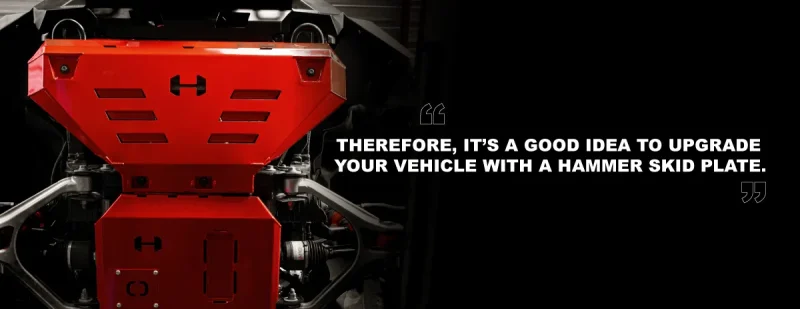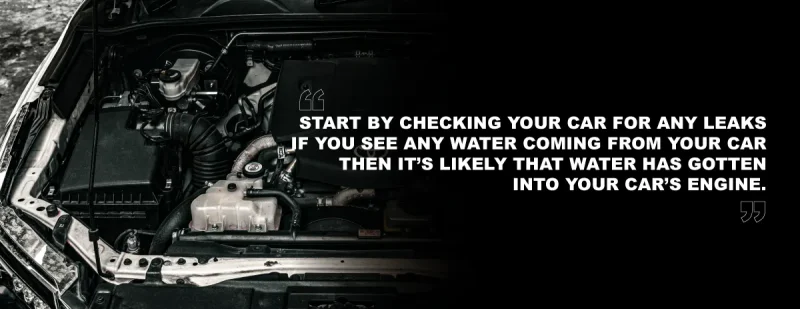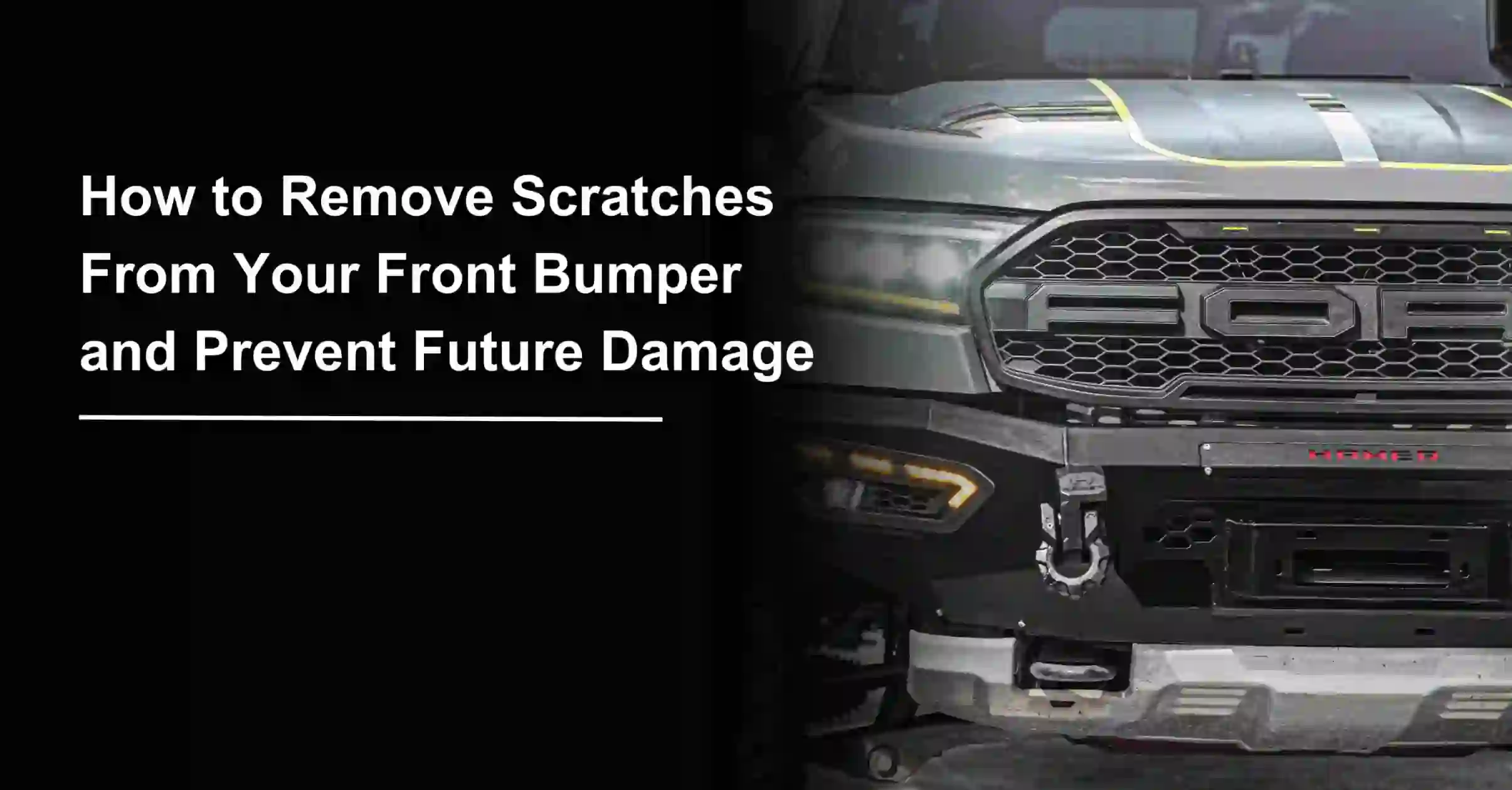NEWS & ACTIVITY
How To Not Drown Your 4×4 Car
It’s the rainy season and you’re driving through a flooded area. The water is rising and you can feel your car start to float. Your heart races as you wonder if you’re going to make it through.
Flooded roads pose a serious risk to all motorists and those driving 4×4 vehicles. While 4x4s are designed to tackle difficult terrain, they are not invincible – and driving through water can seriously damage your vehicle. Don’t panic! As long as you follow the proper procedures, you can drive through water without drowning your car.
You Should Never Drive Through Water If You Can Help It
The first and most important rule of driving through water is to avoid it if possible. It is never a good idea to drive through water, even if you think your car can make it. Just a few inches of water can be enough to cause your car to lose control or hydroplane. Plus, if the water is deep enough, it can enter your car’s engine and stall it. And if the water is moving too fast, it can sweep your car away. So, if there is an alternative route that you can take, take it. It’s always better to be safe than sorry.
What To Do If Your Car Starts To Float
In the event that you encounter a scenario where your car unexpectedly starts to float, it’s crucial to maintain a composed state of mind. After collecting yourself, it’s imperative to lower your window and exit your vehicle as expeditiously as possible. It’s highly advisable to avoid being trapped inside your vehicle in case it starts to sink. In the event that the water is moving at a high velocity or you find yourself unable to extricate yourself from the car, it’s crucial to contact emergency services for assistance.
How To Prepare Your Car For Driving Through Water
If you find yourself in a situation where you have no choice but to drive through water, there are a few things you can do to prepare your car. You want to make sure that your tires are properly inflated and that you have good brakes. If your car isn’t in good working condition, then it’s more likely to break down when you’re driving through water. Next, you want to make sure that you have a full tank of gas. This will help to keep your engine from flooding. Last, you want to make sure that you have all of your car’s windows and sunroof closed. You don’t want any water getting inside your car.
Therefore, it’s a good idea to upgrade your vehicle with a Hamer Skid Plate. A skid plate is a metal plate that is attached to the underside of a vehicle. This plate protects the vehicle from damage if it hits a hard object while driving. It is often used on vehicles that are driven in off-road or rough terrain, as it can help to prevent damage to the vehicle’s engine, suspension, or other vital components.
If you are driving through water that is deeper than the skid plate, the plate will help to prevent the water from entering the engine bay and damaging the engine. The skid plate can also help to deflect rocks or other objects that could otherwise damage the vehicle. In some cases, the skid plate can also help to provide extra traction in off-road situations.
The Proper Way To Drive Through Water
When it comes to driving in fast-moving water, it’s important to exercise caution to prevent your car from losing control. One essential tip to remember is to drive slowly and keep your car in low gear. This allows your car to maintain optimal traction and prevents your engine from stalling.
It’s crucial to steer clear of any deep water, especially if you can’t see the bottom. If the water appears murky or unclear, it’s best to turn around and seek out an alternative route. Ignoring this advice could lead to disastrous consequences, such as damage to your car or even a potential accident. Therefore, it’s essential to prioritize your safety and take any necessary precautions when driving in areas with fast-moving water.
What To Do After You’ve Driven Through Water
After you’ve made it through the water, the first thing you want to do is turn off your engine and let your car sit for a few minutes. This will give your car time to dry out. Next, you want to check your car for any damage. Pay close attention to your tires, brakes, and engine. If you see any damage, then you need to have your car serviced as soon as possible.
How Can You Tell If Your Car Has Been Damaged By Water?
Start by checking your car for any leaks. If you see any water coming from your car, then it’s likely that water has gotten into your car’s engine. Next, you want to listen for any strange noises. If you hear any hissing or popping noises, then it’s likely that your car’s electrical system has been damaged. Also look for any rust. If you see any rust on your car, then it means that water has gotten into your car’s metal and it’s beginning to corrode. If you see any of these signs, then it’s time to take your car to a mechanic and have it serviced.
Conclusion
Driving through water can be a dangerous proposition. But if you follow the proper procedures, you can do it without putting your car at risk. Just remember to avoid driving through water if at all possible. And if you find yourself in a situation where you have to drive through water, make sure to prepare your car first such as adding a Hamer Skid plate to your 4WD.
Read about stunning off-road locations around the world.
Drive safe, have fun and follow us on Facebook to get our latest news and promotions at: Hamer4x4.



































































































